Description
Name in North American Boletes: Boletus bicolor and Boletus bicolor var. subreticulatus
Genus: Baorangia
- Genus 2: Boletus
Species: bicolor – probably a species complex
- Species 2: bicolor var. subreticulatus
Common Name: “Bicolor Bolete”
- Common Name 2: “Red-and-Yellow Bolete”
Tells: Red cap fades w/age. Shallow, bright yellow pores may bruise blue, esp. when mature. Red-and-yellow stem. Red bug holes in yellow stem flesh.
Other Information: Cap flesh is usually lighter than stem flesh (buff-yellow above true yellow). Flesh blues vaguely, if at all. Deeper tubes prove you have a different species but shallow tubes do not prove it’s this one because that’s also true for other mushrooms. Stem may have a little netting, but that is rare, and the skin will often bruise blue on young specimens when handled with damp fingers.
Science Notes: This is almost certain to be a complex of similar looking mushrooms that will not come into focus without an extensive DNA study. Fortunately, it seems that the non- and slow-bluing ones are pretty much all good edibles, with some being truly prime. DNA testing has moved this mushroom into the newly erected genus “Baorangia” (from the Chinese words for “thin pore layer”) and created a host of interesting questions. It turns out that bicolor has one of the weirdest distributions you can imagine: common in the American Northeast, and common in Nepal/China. Amazing! At the same time a number of the lookalikes have been moved to a second, newly-erected genus (Lanmaoa), while still more remain in Boletus because no one has studied them well enough yet to place them somewhere else. Stay tuned for what are bound to be an extended series of future developments. NOTE: This species has been removed from both the Texas and Florida regional filters because modern experts have relocated all those finds into local species – most often Pulchroboletus rubricitrinus.
Edibility: Good, with caution. Some specimens have been known to cause GI distress in people who usually eat and enjoy bicolors. Experts tend to presume these were crypto-, lookalike species hidden within this group/complex.
CHEMICAL TESTS:
- NH4OH (Ammonia): No reaction.
- KOH: Cap surface has no reaction. Cap flesh turns orange to pale yellow.
- FeSO4 (Iron Salts): Cap surface turns black. Cap flesh turns blue/gray to olive.
Links:
 |
566 |  |
316 |  |
97 |  |
74 |

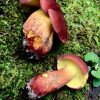
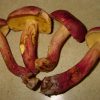
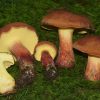
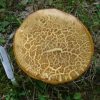
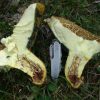
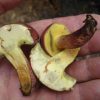
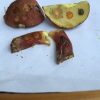

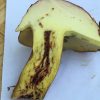
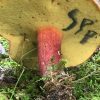


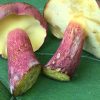
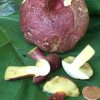

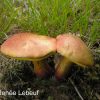
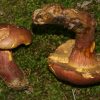
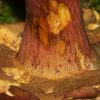
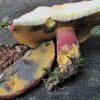
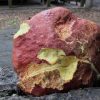
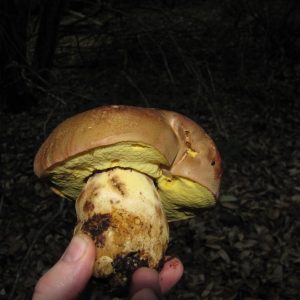
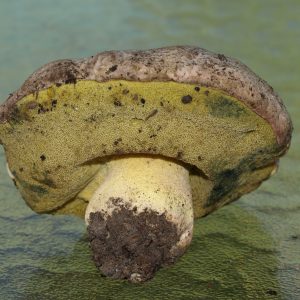

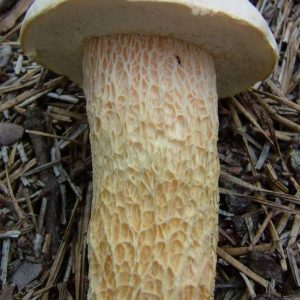
Got something to discuss?